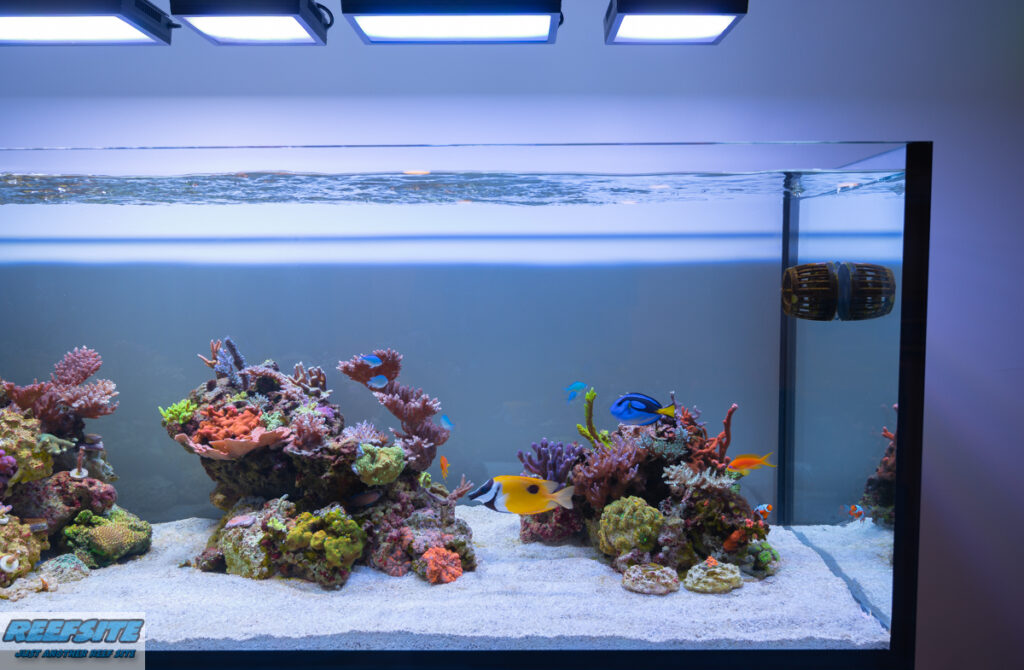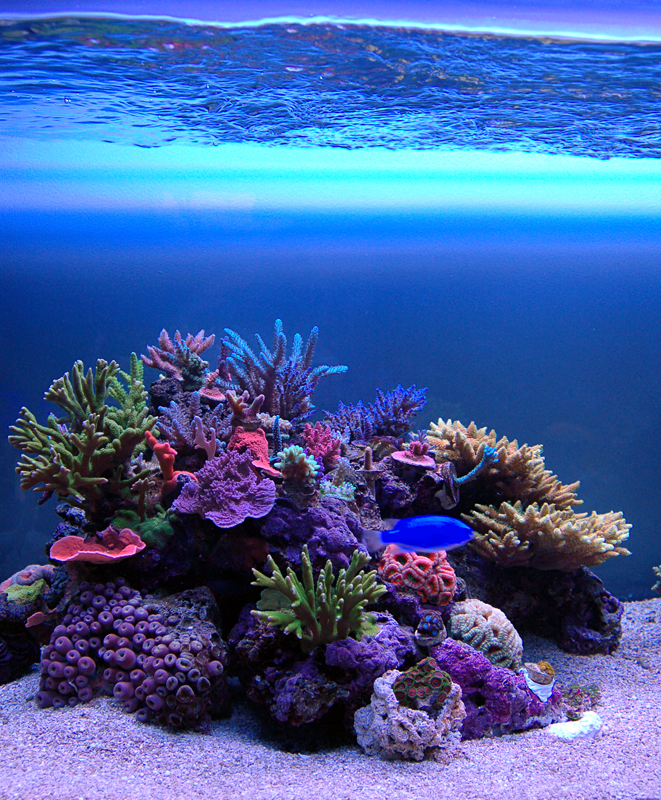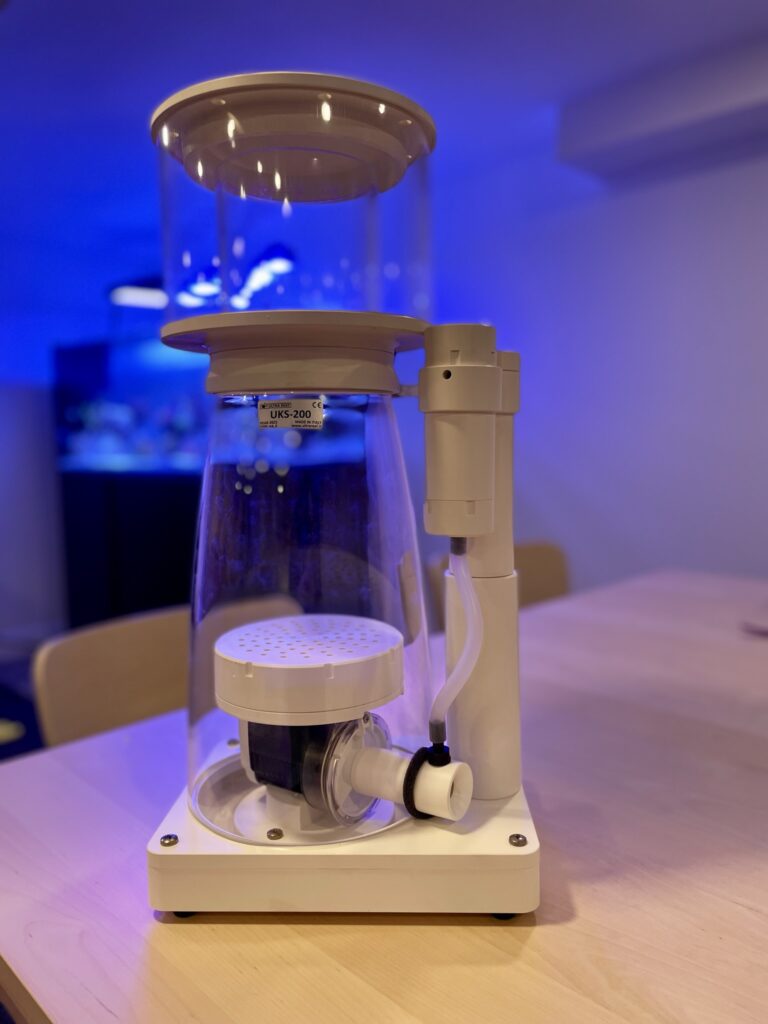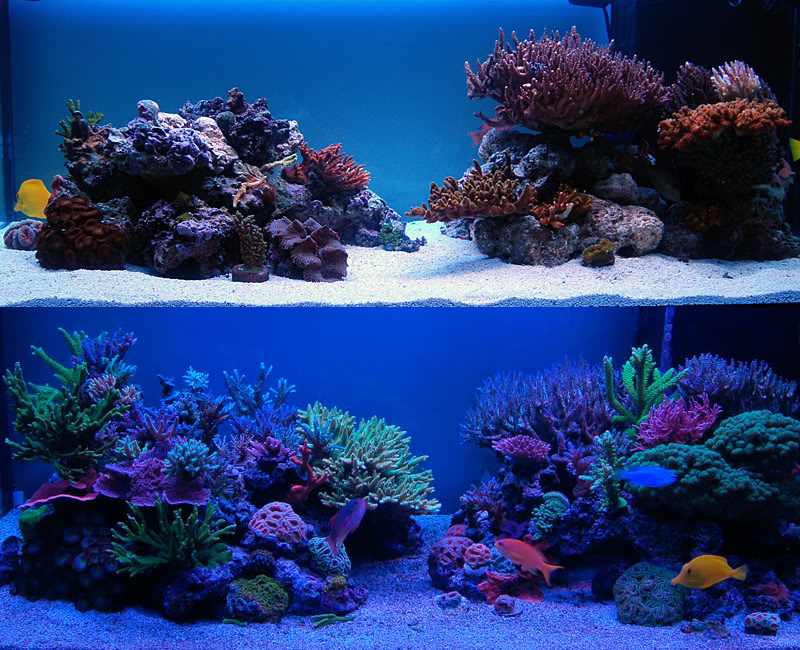Randy Holmes-Farley
Reef Chemist
View Badges
Staff member
Super Moderator
Excellence Award
Expert Contributor
Article Contributor
R2R Research
My Tank Thread
- Joined
- Sep 5, 2014
- Messages
- 67,311
- Reaction score
- 63,658
Why are these same standards not used in reverse?
Where are the actual symptoms of a tank experiencing these issues?
What is the actual timeline a tank can expect before it has these issues?
Why is the element of elevated temperatures ignored? Which is what triggers the bleaching events in the oceans, and the studies I've seen mentioned are largely based around that.
None of that is ever answered. It's always "can" and "may" with a timeline that is never defined.
All of this in the face of people posting demonstrable success and results, which are dismissed as anecdotal.
I have no idea what you are talking about, and your criticism of my post is totally nonsensical.
The paragraph I posted applies to all methodologies that anyone uses, including me. I use carbon dosing, and think it is a good idea for many reef tanks.
Ignore element of temperature? Again, no idea what you are talking about. I have posted specific recommendations related to temperature, and specifically say that I do not know what exact temp is is best, so obviously I do not ignore it and treat it the same way as anything here: based on science of various sorts.
Here's from one of my articles posted here at Reef2Reef:
Temperature
Temperature impacts reef aquarium inhabitants in a variety of ways. First and foremost, the animals' metabolic rates rise as temperature rises. They may consequently use or produce more oxygen, carbon dioxide, nutrients, calcium, and alkalinity at higher temperatures. This higher metabolic rate can also increase both their growth rate and waste production at higher temperatures.
Another important impact of temperature is on the chemical aspects of the aquarium. The solubility of dissolved gases such as oxygen and carbon dioxide, for example, change with temperature. Oxygen, in particular, can be a concern because it is less soluble at higher temperature.
So what does this imply for aquarists?
In most instances, trying to match the natural environment in a reef aquarium is a worthy goal. Temperature may, however, be a parameter that requires accounting for the practical considerations of a small closed system that might suffer a power failure and trap the organisms in a small amount of poorly aerated water, something that rarely happens on a natural reef. Looking to the ocean as a guide for setting temperatures in reef aquaria may also present complications because corals grow well in such a wide range of temperatures. The greatest variety of corals, however, are found in water whose average temperature is about 83-86° F.
During normal functioning of a reef aquarium, the oxygen level and the metabolic rate of the aquarium inhabitants are not often important issues, and many reef tanks do well with temperatures in the low to mid 80's. During a crisis such as a power failure, however, the dissolved oxygen can be rapidly used up. Lower temperatures not only allow a higher oxygen level before an emergency, but will also slow the consumption of that oxygen by slowing the metabolism of the aquarium's inhabitants. The production of ammonia as organisms begin to die may also be slower at lower temperatures. For reasons such as this, one may choose to strike a practical balance between temperatures that are too high (even if corals normally thrive in the ocean at those temperatures), and those that are too low.
These natural guidelines leave a fairly wide range of acceptable temperatures. I keep my aquarium at about 80-81° F year-round. I am actually more inclined to keep the aquarium cooler in the summer, when a power failure would most likely warm the aquarium, and higher in winter, when a power failure would most likely cool it. All things considered, I recommend temperatures in the range of 76-83° F unless there is a very clear reason to keep it outside that range.
One additional comment on temperatures: having a small temperature swing is not necessarily undesirable. While temperature stability may sound like a desirable attribute, and in some cases it may be, studies have shown that organisms that are acclimated to daily temperature swings become more able to deal with unexpected temperature excursions. So while a tank creature that normally experiences only 80° F may be very healthy, the same organism adapted to a range from 78° F to 82° F may be better able to deal with an aquarium that accidentally rises to 86° F





















